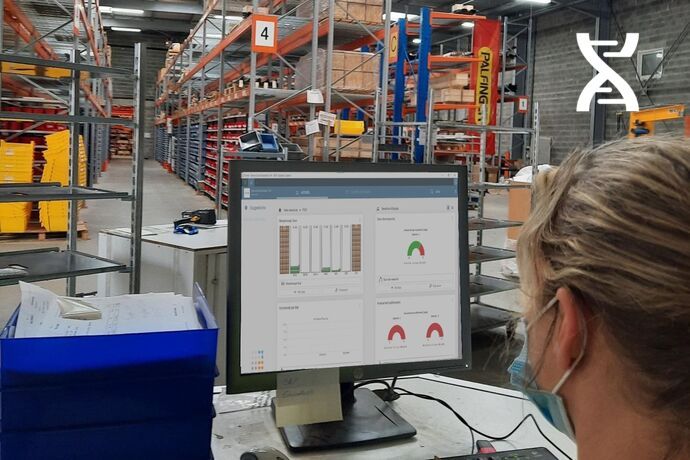The essentials of logistics management
Logistics management and supply chain, what are we talking about?
The supply chain is a particularly complex business environment, since it is made up of several layers and involves a large number of service providers. Logistics involves the efficient management of flows of raw materials, semi-finished products and finished goods, from their point of origin to the consumer.
Three distinct flows circulate along this chain:
- The physical flow, which corresponds to the transportation of goods.
- The financial flow, which refers to transactions between the various players in the chain.
- Information flow, which is essential for optimizing supply processes.
The importance of good logistics management
From order preparation to final delivery, today's consumers demand complete transparency from companies. Efficient management of information flows is therefore essential. The ability to track merchandise in real time and the punctuality of carriers are now imperatives for all logistics and transport professionals. Customer satisfaction comes at this price.
To meet these requirements, well thought-out inventory management is of course essential. As we explained in this article, it enables us to drastically improve warehouse turnover rates (integrate internal link), and thus optimize the company's financial flows. This data provides a precise idea of the relevance, quality and degree of obsolescence of a product.






